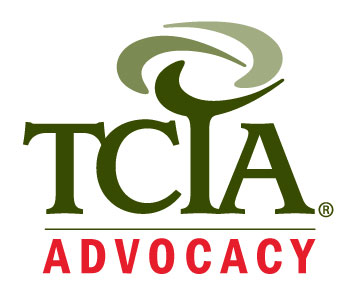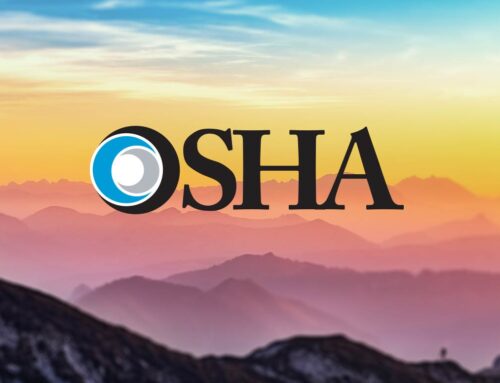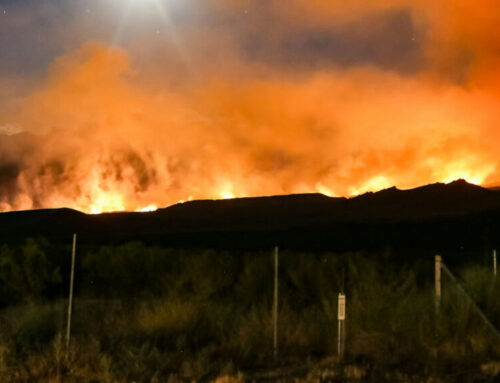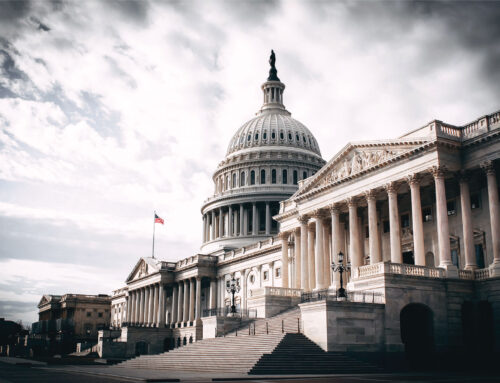On November 3, 2023, the Small Business Administration’s (SBA) Office of Advocacy, as part of the Small Business Regulatory Enforcement Fairness Act (SBREFA) process, transmitted its final report to Doug Parker, Assistant Secretary of Labor for the Occupational Safety and Health Administration (OSHA), on the agency’s upcoming rulemaking, “Heat Injury and Illness Prevention in Outdoor and Indoor Work Settings” (Heat Injury and Illness rule). The report marks the end of the SBREFA process, where small-business stakeholders, including TCIA members, engaged in meetings aimed at providing valuable insight to OSHA regarding the Heat Injury and Illness rule’s potential impact on small businesses.
Background
On October 27, 2021, OSHA issued an Advanced Notice of Proposed Rulemaking (ANPRM) in the Federal Register, officially starting the rulemaking process to create a heat-injury-and-illness workplace standard. The ANPRM allowed interested stakeholders to comment on OSHA’s decision to move forward with a heat-related rulemaking and answer questions provided in the document designed to help OSHA create a proposed rule.
TCIA submitted comments in response to the ANPRM in January 2022, in which the Association answered questions on best practices for preventing hazardous heat exposure; differences for tree care firms of differing sizes, or located in different regions of the country; and alternative regulatory or nonregulatory approaches OSHA could consider to mitigate the impact of any rule on smaller entities.
TCIA anticipates that OSHA will draw upon state-implemented heat-standard regulations that have already been established as it formulates a federal regulation. As SBAR panel questions indicate, OSHA is considering implementing initial and high-heat triggers with corresponding regulatory and recordkeeping requirements, such as worker supervision, communication and rest breaks.
To prepare workers for high-heat work scenarios, OSHA also is considering required worker heat-awareness training, to be administered prior to the start of work; increased breaks and supervisory monitoring and communication during the first week of work; and creating acclimatization schedules. Additionally, OSHA’s upcoming proposed Heat Injury and Illness rule could require employer recordkeeping on data consisting of environmental monitoring, acclimatization for new and returning employees and injuries and illnesses associated with heat.
About the SBREFA process
In August 2023, the Small Business Advocacy Review (SBAR) panel for the Heat Injury and Illness Rulemaking convened, and the SBA, in September, met with 82 Small Entity Representatives (SERs) to discuss OSHA’s Heat Injury and Illness Rulemaking. TCIA members served as participants on the heat rulemaking SBAR panel; six TCIA members participated, five on behalf of TCIA and one on behalf of the National Association of Landscape Professionals (NALP). Their contributions ensured the agency’s awareness of the potential impact of the rulemaking on arborists and other professionals within the industry, making a significant contribution to the regulatory process.
Industry input
During the SBAR panel meetings, tree care-industry stakeholders provided the following insights on the impact of a heat-injury-and-illness proposal, which were included in the final report sent to Assistant Secretary Parker.
Existing resources, such as the TCIA Tailgate Safety Program, advise employers on preventing hazardous heat injury and illness.
The rulemaking may require arborists approaching the completion of a job to come down from a tree, take a break and then reposition in the tree, thus requiring additional physical exertion.
Machinery, such as cranes, is used when temperatures are high to reduce the manpower needed to complete the job.
Workers wearing complex personal protection equipment (PPE) may prefer to finish work rather than stop their work for a break that requires removing and redonning their PPE.
PPE required by U.S. Department of Agriculture (USDA) regulations can contribute to heat, thus creating a conflict between the OSHA rule and USDA regulations.
Tree care and line-clearance work already allow for natural acclimatization through a variety of tasks and conditions, thus making gradual acclimatization impractical.
Homeowners’-association policies often limit work during the morning or evening hours – when temperatures tend to be cooler.
Without storm-restoration-work exemptions, the rulemaking would restrict the tree care industry’s ability to respond to storm-related emergencies, such as power losses at hospitals, nursing homes, correctional facilities and other essential facilities.
Next Steps for OSHA
OSHA has reopened its regulatory docket for the Heat Injury and Illness rule to allow stakeholders to comment on SBAR panel materials. The comment period is open through December 23, 2023. Once OSHA closes the current comment period and reviews comments on the SBAR-panel materials, the agency will issue a Notice of Proposed Rulemaking (NPRM), which will be the public’s first look at proposed regulatory language to establish the Heat Injury and Illness standard. Interested stakeholders will then have another opportunity to comment on the NPRM. After the NPRM comment period closes, OSHA will review all comments submitted, make changes to address the comments submitted and issue a Final Rule to implement the standard.
Conclusion
TCIA expresses its gratitude to the following members for contributing their time, expertise and recommendations to OSHA on behalf of the tree care industry: Burkett Arbor Care, an accredited, nine-year TCIA member company based in Borne, Texas; Contender’s Tree & Lawn Specialists, a six-year TCIA member company based in Waterford, Michigan; Evans Tree Care LLC, a first-year TCIA member company based in Merrillville, Indiana; New Life Arboricultural Services, a three-year TCIA member company based in Grand Rapids, Michigan; Princeton Tree Care, a 10-year TCIA member company based in Princeton, New Jersey; and Sam Hill Tree Care, an accredited, 26-year TCIA member company based in Dallas, Texas.
Additional TCIA members are encouraged to share input on the Heat Injury and Illness SBAR-panel materials on regulations.gov through December 23, 2023. TCIA will continue to update members on the OSHA Heat Injury and Illness rule as the agency moves forward with the notice and comment rulemaking process.



